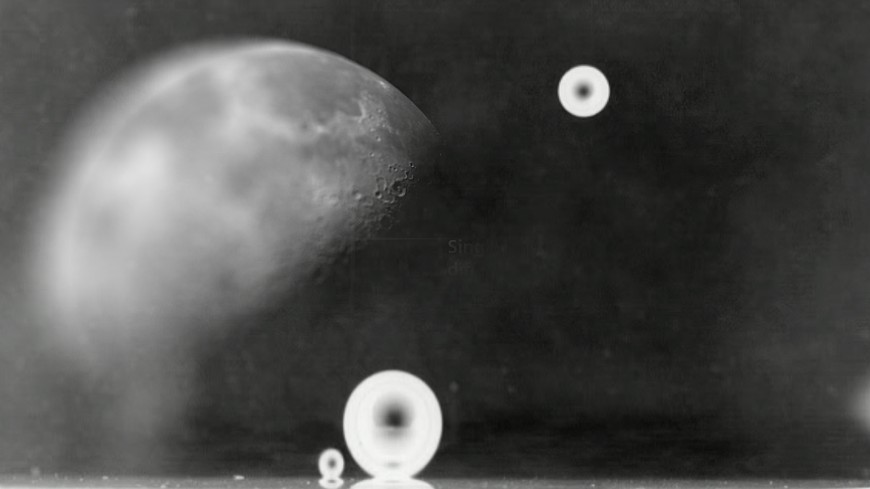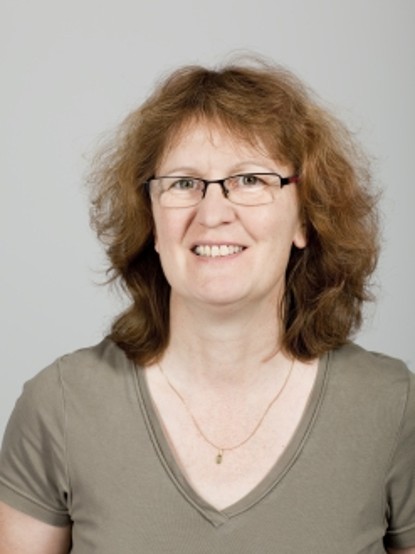Boiling shoebox for the ISS
Multiscale Boiling experiment to be launched in August
2019/07/25
Scientists from TU Darmstadt have teamed up with colleagues from Europe, the US, Russia and Japan to launch a boiling experiment aboard the International Space Station (ISS). According to ESA the shoebox-sized setup is slated for launch in the coming days. The results may help scientists to develop more accurate models for heat transfer processes.

Updates:
++ RUBI has been installed. If you are curious, please check: https://twitter.com/BoilingRubi/status/1159815342925012993++
++ RUBI will be installed on August 9, 2019, in the Columbus module of the ISS. Further information to follow. Please see also the RUBI Twitter feed https://twitter.com/BoilingRubi ++
++ The experimental setup has been transported to the ISS ++
NASA coverage of rocket launch on July 27th (youtube)
SpaceX coverage of Falcon9 rocket launch (CRS-18) on youtube
NASA coverage of Dragon capture on youtube
NASA coverage of berthing the dragon transporter on youtube
While bubbles of boiling water on Earth grow (and rise) quickly, it can be a much slower process in weightlessness, making it an ideal environment to study the phase change involved in a liquid turning into vapour.
The Multiscale Boiling experiment will heat a refrigerant liquid in space to better understand this seemingly simple, but rather complex process.
The shoebox-sized experiment includes a laser that will heat a surface to trigger a vapour bubble, while a thermal and a greyscale camera track the bubble’s formation and growth to reveal processes at work.
Studying the importance of different scales during phase change means researchers can develop more accurate models for the heat transfer process, leading to optimised products with better heat exchange distribution and a more compact design. This could improve the thermal control systems of satellites and other space vehicles as well as habitats on the Moon and on other planetary bodies.
On Earth, better heat transfer technology means a lower impact on nature, as products like laptops can cool down more efficiently.
ESA
Please see further information and a video on the ESA website
“Bubbles in Space” (ESA Website)
Scientific Team:
- Prof. Dr.-Ing. Peter Stephan (Coordinator) – Microscale and macroscale phenomena, in pool boiling (Technische Universität Darmstadt)
- Prof. Lounes Tadrist– Global heat transfer characteristics, bubble development (Université Aix Marseille)
- Prof. P. Di Marco – Studies on electric field influence (University of Pisa)
- Prof. C. Colin – Studies on shear flow influence (IMFT Toulouse)
- Prof. G. Zummo – Studies on shear flow influence (ENEA, Italien)
- Prof. O.A. Kabov – Evaporation and contact line studies (Institute of Thermophysics, Novosibirsk, Russia)
- Prof. P. Colinet – Contact line dynamics (Université Libre de Bruxelles)
- Prof. Jungho Kim – non-condensable gas effects on boiling, critical heat flux (University of Maryland)
- Dr. Marc Miscevic and Dr. Pascal Lavieille – Studies on wettability effect on pool boiling (Laboratoire PLasma et Conversion d’Energie, Toulouse)
- Prof. Davide Del Col – Heat transfer performance (Università degli Studi di Padova)
- Prof. Osamu Kawanami – Boiling heat transfer (Hyogo University, Japan)
- Prof. Thodoris Karapantsios – Effect of shear flow, hot surface topology, and degree of subcooling on heat transfer and bubble dynamics (Aristotle University Thessaloniki)
- Prof. Iztok Golobic – Enhanced pool boiling heat transfer (University of Ljubljana)
- Prof. Hitoshi Asano – Study on heat transfer enhancement (Kobe University, Japan)



